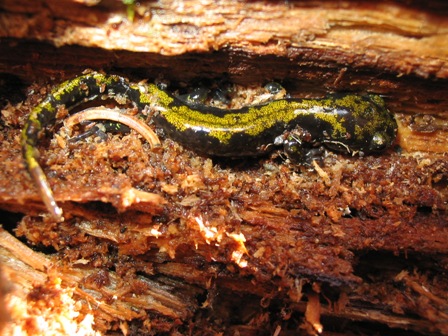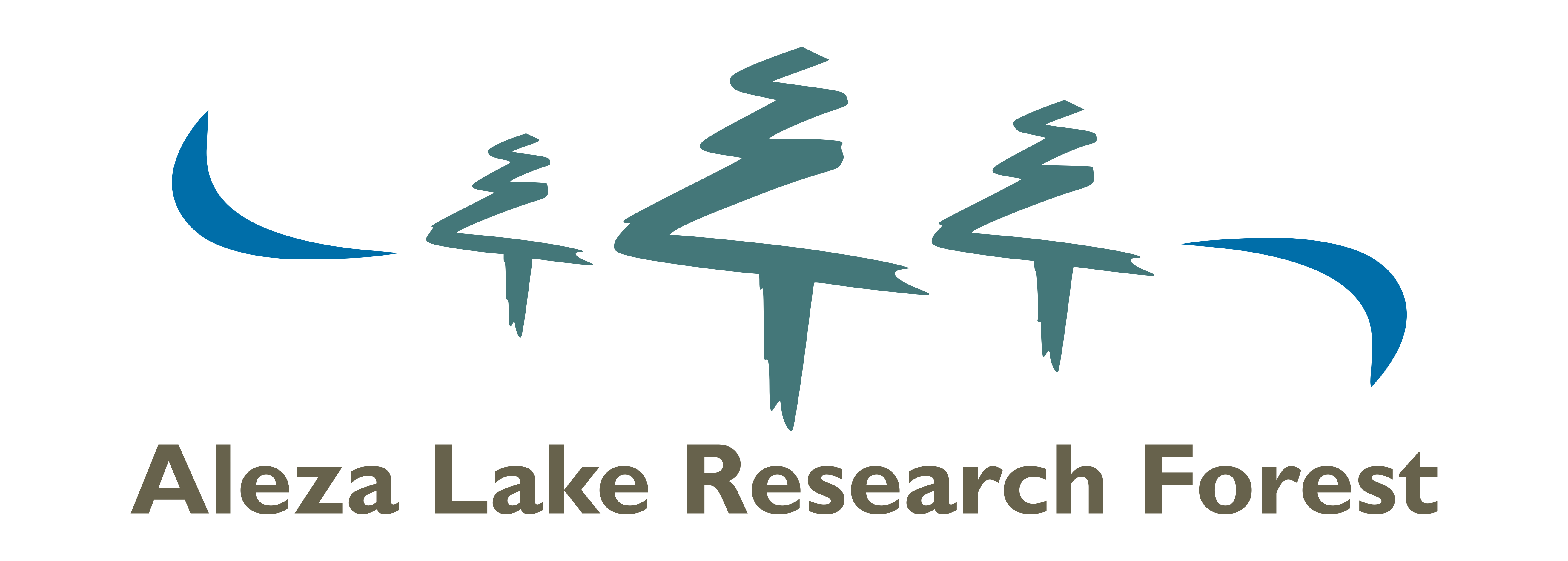
The first time I went into the field with amphibian biologist Mark Thompson, it was early spring and we were checking ponds, puddles, road-side ditches and rotten wood for evidence of breeding toads, frogs and salamanders. Walking along a trail, we were feverishly flipping dead rotten wood, a typical hiding spot for salamanders. “They’re really quick, so you have to be fast to catch them” Mark would say. We would then carefully put the material back where we found it, to ensure that the habitat was intact for them to use eventually. At one point, I turned around and there was Mark knee-deep in a wet alder swale, looking for tadpoles and larvae, and swarming with mosquitoes. “I get so focused on looking for them that I don’t even notice the bugs anymore.”
Now THAT’s passion for your work!
A genetics specialist at the University of Northern BC, Mark spends his free time studying long-toed salamanders and other amphibians. Recently, he started a not-for profit society called the Northern Amphibian Monitoring Outpost Society of BC to monitor, research and raise awareness about amphibians in northern British Columbia. Like many species in this region, amphibian ecology hasn’t been studied extensively and their habitat and lifecycle are not yet documented.
With initial funding from the Aleza Lake Research Forest Society seed grant program and recent funding from Mountain Equipment Coop, BC Hydro, and the BC Ministry of Environment, Mark and UNBC Ecosystem Science and Management Program senior lab instructor, Saphida Migabo, are working on a 5 year study on amphibians, with specific attention to long toed salamanders (latin: Amboystoma macrodactylum). One of the particularly interesting aspects of this study is exploring the possibility of using their dorsal skin colour and pattern to essentially ‘fingerprint’ them. This can help to recapture and monitor the same individuals over time.
Mark and Saphida’s field crews photographed salamanders throughout the summer of 2008 and last year they also documented habitat features and ecosystems where the salamanders are found. As these datasets grow we can learn more about how to better manage our forests for salamanders in the future, and we can teach future resource managers about them too!
